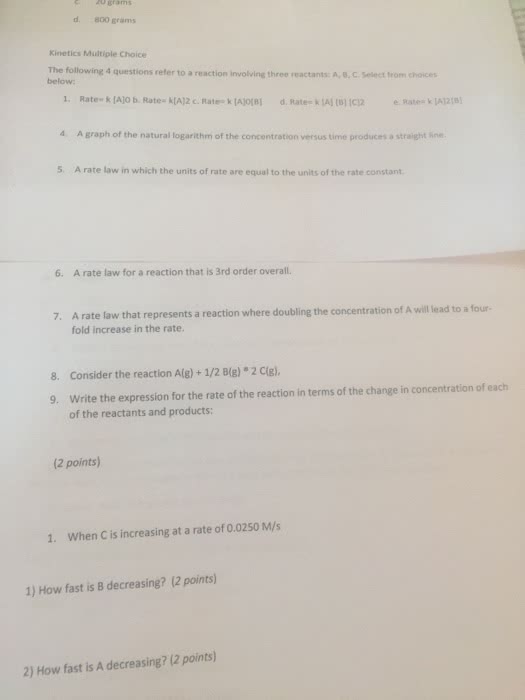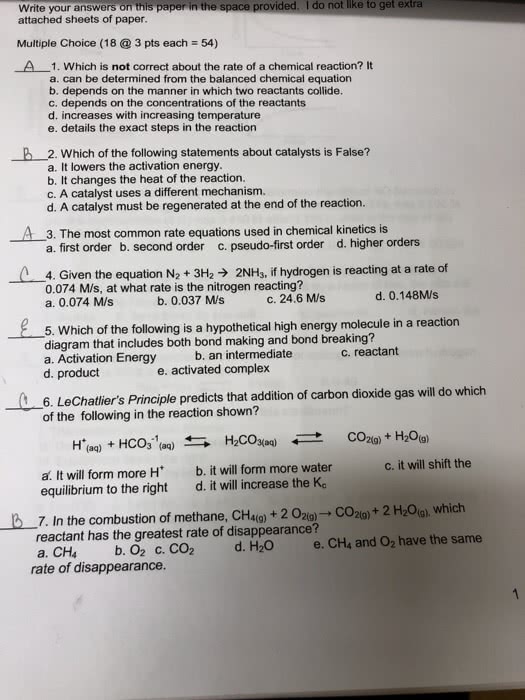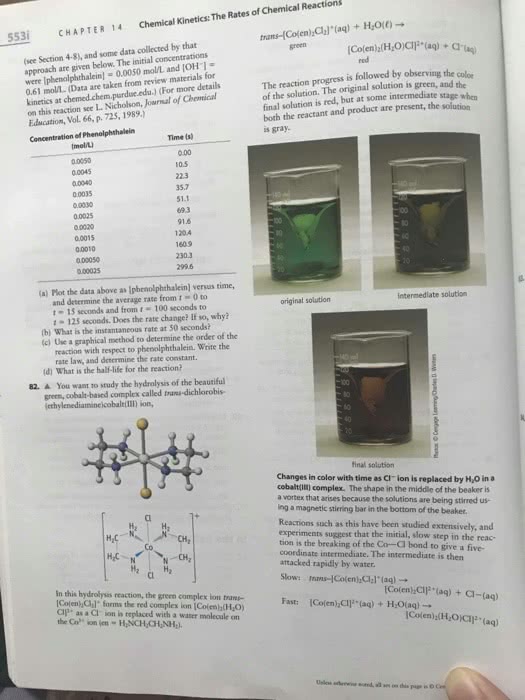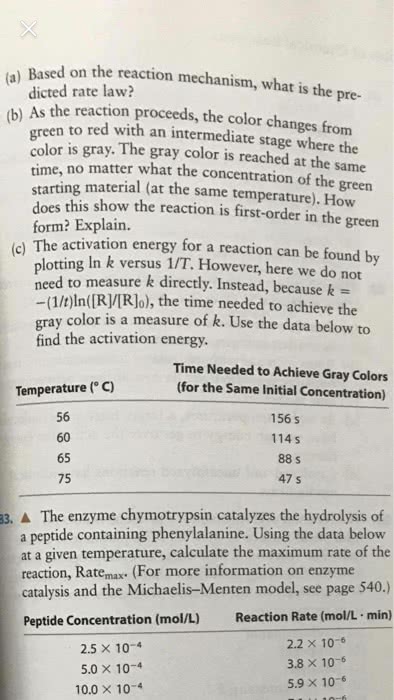BIOC 405 Lecture Notes - Lecture 7: Protein Structure Prediction, Energy Landscape, Coiled Coil
Document Summary
A b: write the reaction with k"s (cid:523)rate constants) indicating the process. V = d[b]dt (rate at which the product is growing in time) = -d[a]/dt (rate at which the reactant is being reduced in time) = k[a] G describes whether of not a reaction proceeds spontaneously and nothing about the rate of that reaction. Some spontaneous reactions are very slow; ex: peptide bond hydrolysis (breaking of peptide bond) is an energetically favorable reaction, but the half-life is about 25,000 years. What really affects the rate of reactions is the energy barrier the reaction must go through. It specifically refers to the energy of the transition state, which is the highest energy state that the reaction has to go through. The way to make a reaction go faster is to either reduce the standard free energy of the reaction or to increase the temperature of the reaction.





